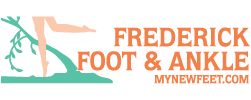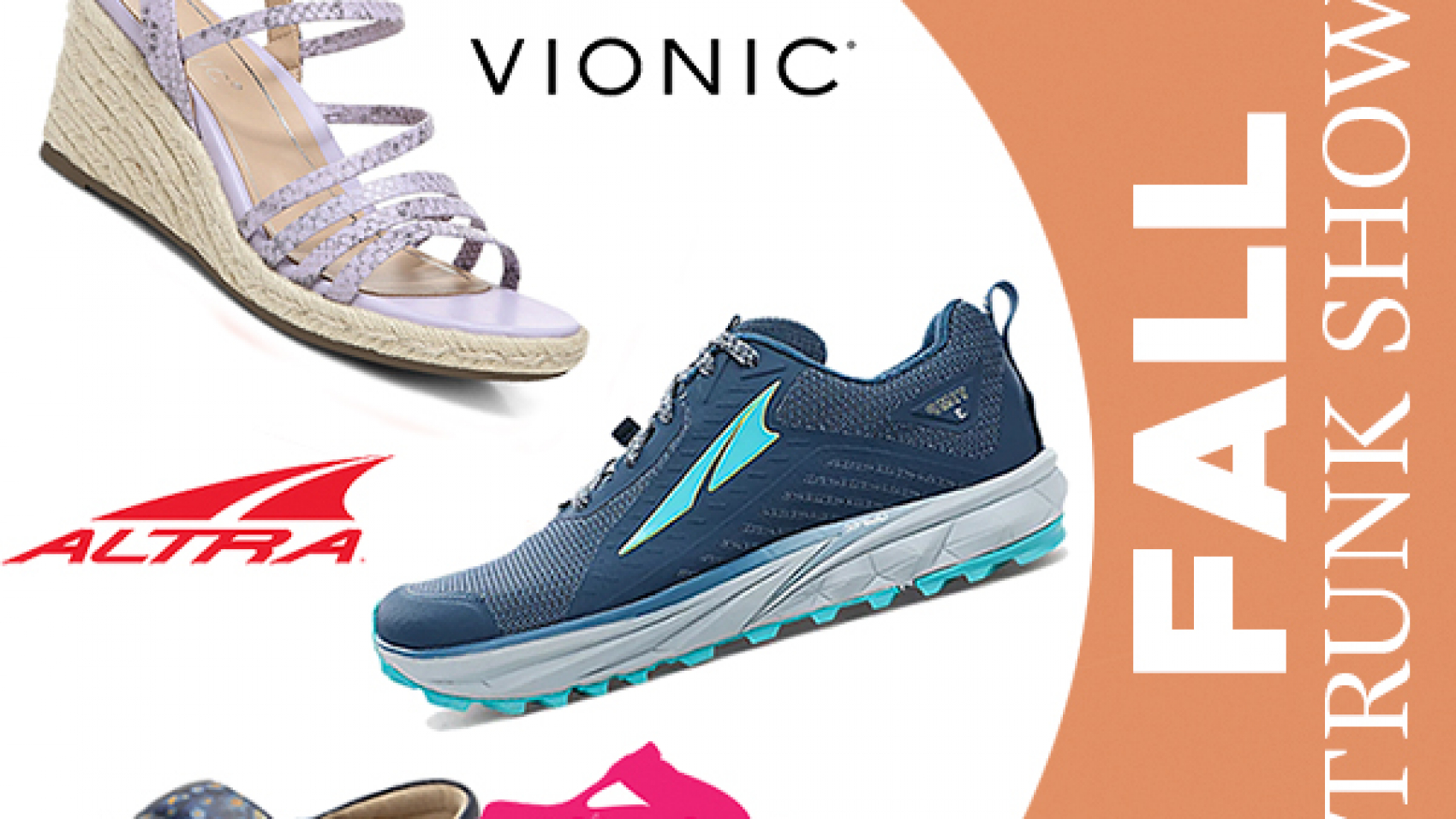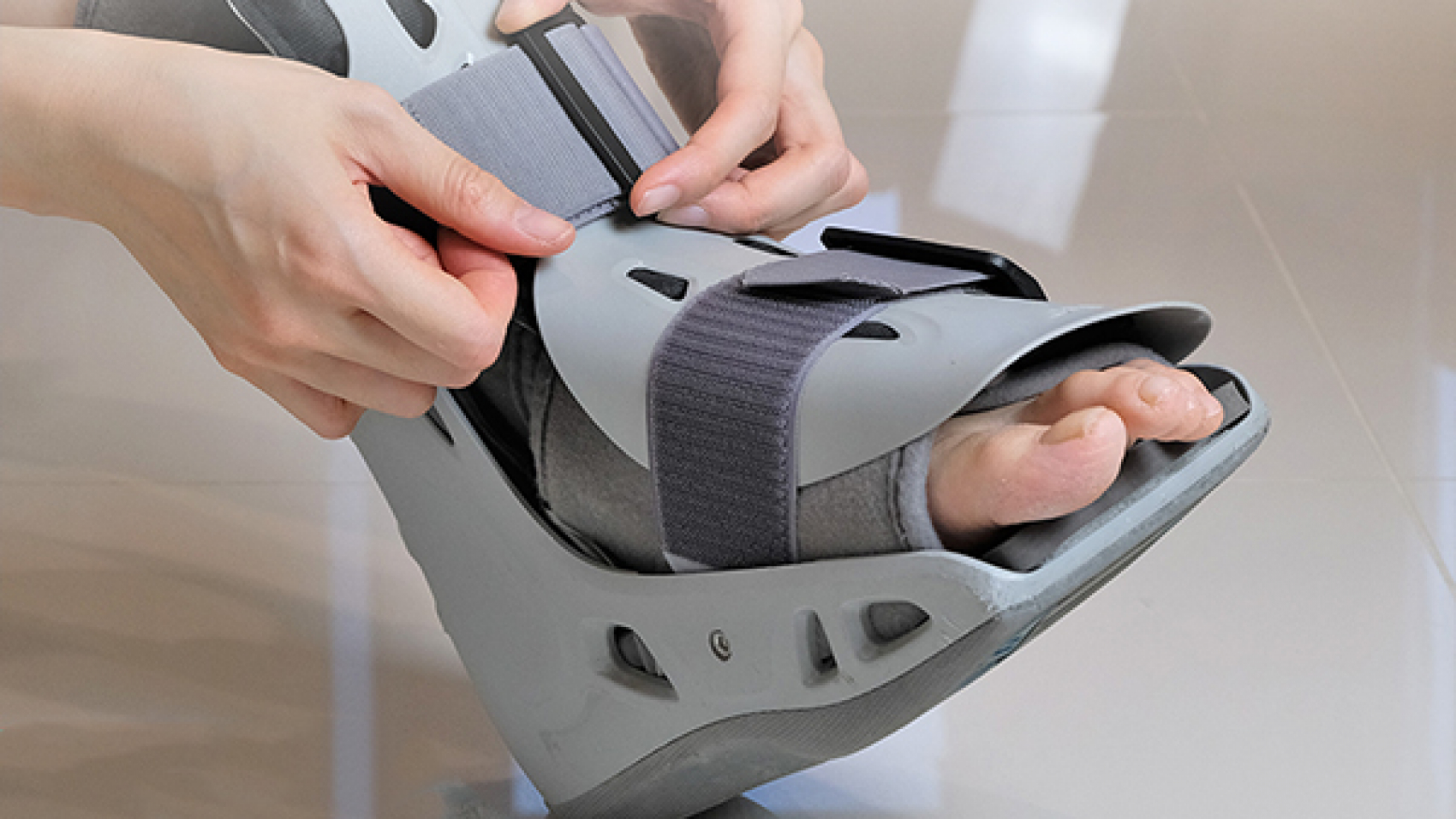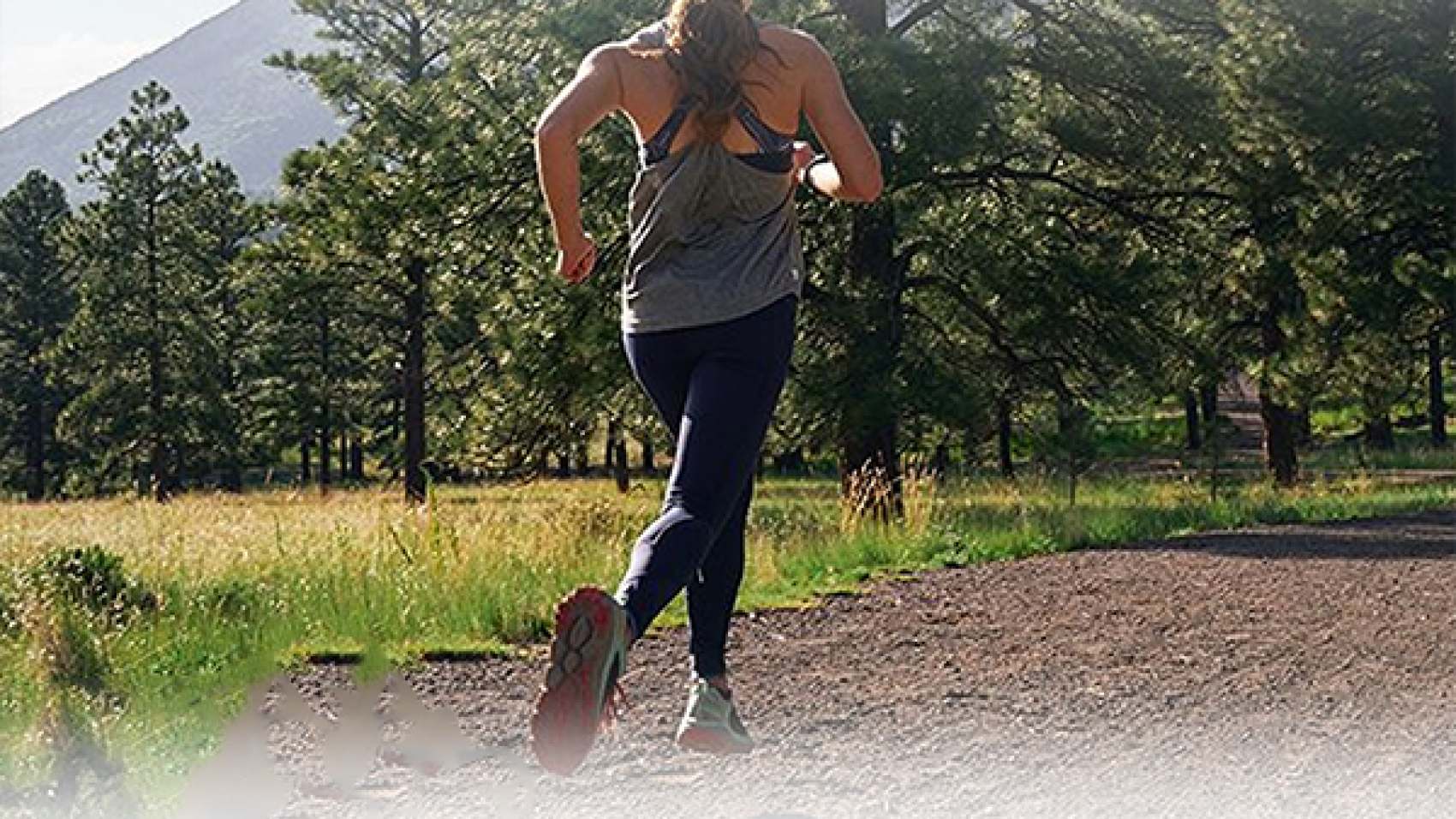This Wednesday, October 10, we will be holding our fall trunk show from 5:00 pm to 7:00 pm in our Frederick office. At this trunk show, we will be highlighting and displaying our Vionic, Alegria, and Altra shoe collections. Here is a bit of information about each of these shoes:
Vionic: Vionic shoes highlight that they provide wearers with both exceptional natural alignment and elevated support. The premise of Vionic shoes is that they allow you to wear stylish shoes without all the pain that is typically associated with them. They offer shoes for both men and women. The shoes that they offer vary from sneakers and sandals to heels for women and dress shoes for men. Meanwhile, these shoes are incredibly comfortable and good for your feet.
Alegria: Alegria shoes are most notably made for the working individual who spends most of their time during the work day on their feet. This could include nurses, flight attendants, doctors etc. Too often, people who work all day on their feet get home and just cannot wait to take their shoes off after the long day because of all of the discomfort. Meanwhile, Alegria shoes take away this discomfort so that you can work on your feet all day without a hitch. They also offer a large variety of styles for comfort during seemingly any occasion.
Altra: Altra shoes are specially built on what the company calls a cushioned ZeroDrop platform. This is meant to ensure that the forefoot and heel are positioned at an equal distance from the ground. This is meant to encourage a low-impact landing when contacting the ground. It also assists in cultivating better form and aiding in optical alignment by providing a level platform.
If you’re free from 5:00PM – 7:00PM on Wednesday, October 10th, feel free to swing by the office to try a pair, your feet may thank you later.
This event will be hosted in our Frederick Office.
(#Foot #Pain #Heel #shoes #Ankle #Running #Vionic #Altra #Trunk #Alegria #Dress)









